Driving through Castilla y Leon in the northwest of Spain can create the impression of being alone in the world.
The landscape is a continuous scroll of wheat fields, dry grasslands and expanses of yellow sunflowers punctuated by the occasional village — often no more than several run-down stone houses surrounding a church. With public transportation out of reach in these areas, and the distances between towns too great to walk, the only option is to travel by car.
Sparsely populated regions like these are so common that they’ve earned their own nickname — "Espana Vacia,” or "Empty Spain.” While the country’s rural areas began thinning out in the mid-20th century, when factory jobs drew workers to cities, depopulation has accelerated in recent years, particularly in the northwest. A lack of jobs and cultural offerings, combined with poor infrastructure and housing stock, have helped fuel the exodus. Spain’s rural areas saw a 4.4% population decline between 2014 and 2023, according to a government report, even as the country’s overall population grew by 2.6%.



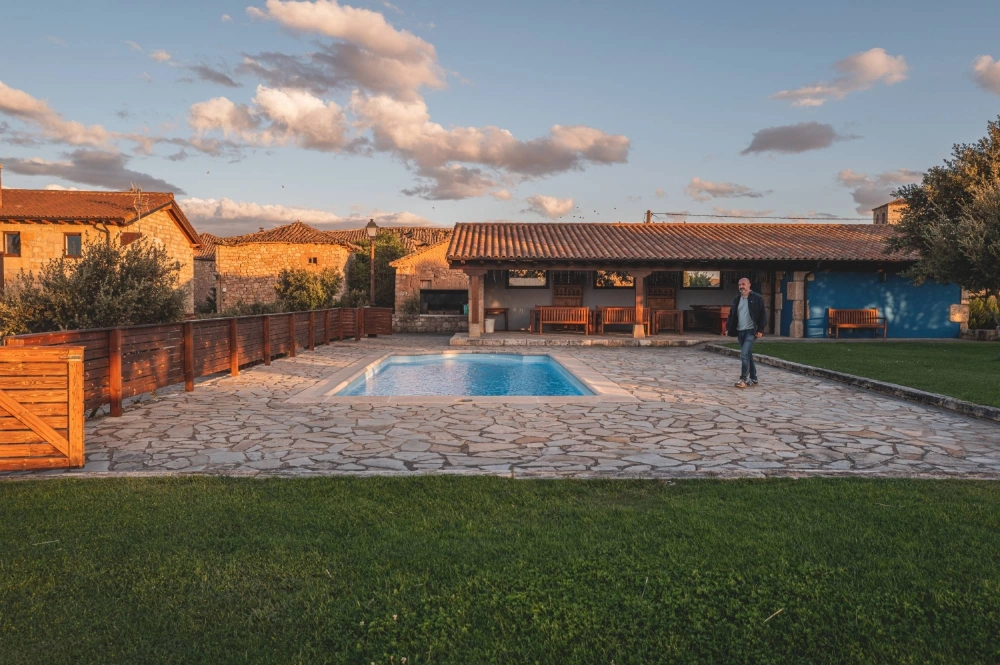
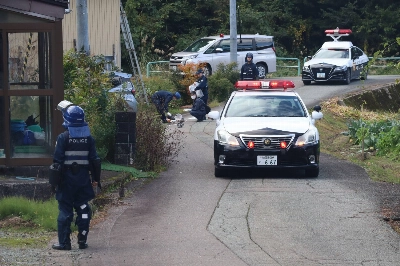



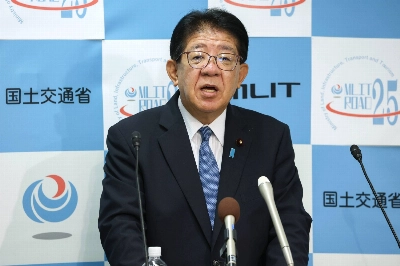

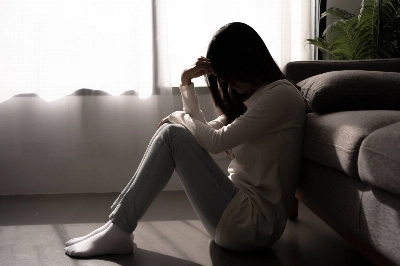
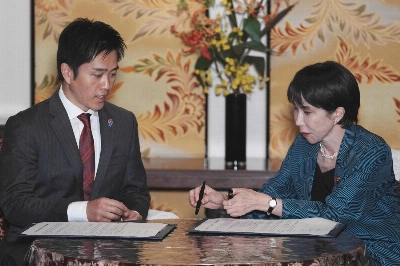


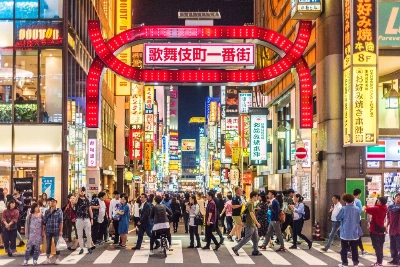
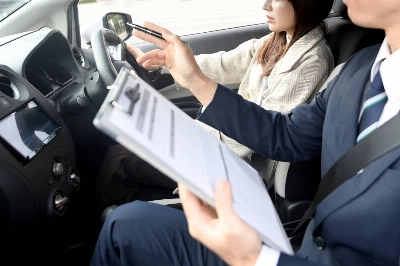


With your current subscription plan you can comment on stories. However, before writing your first comment, please create a display name in the Profile section of your subscriber account page.